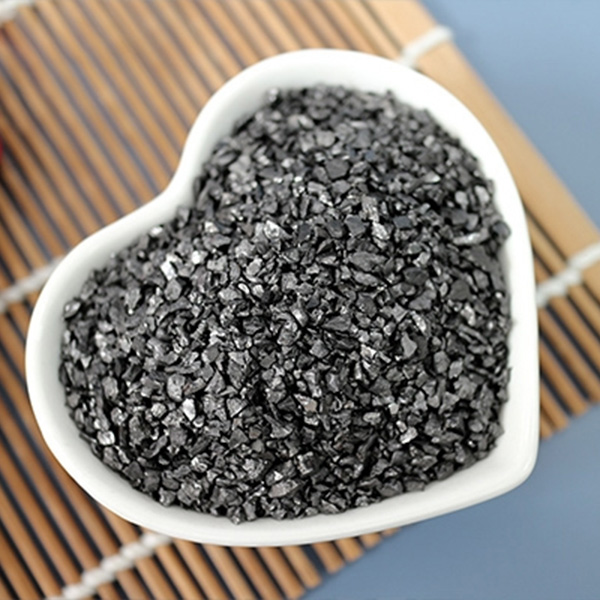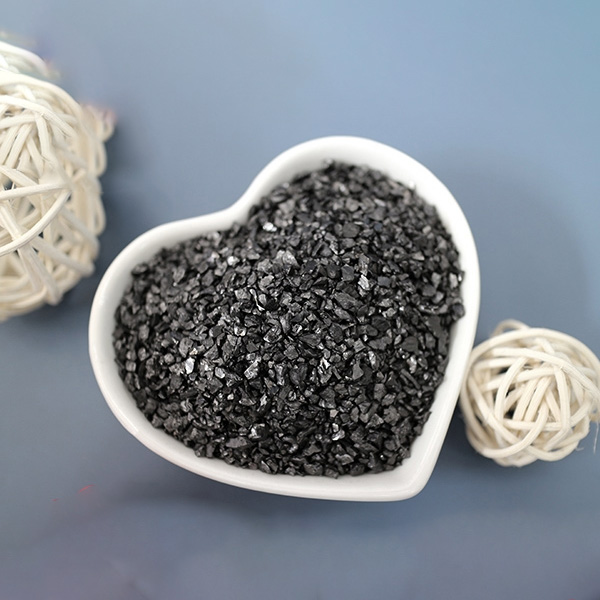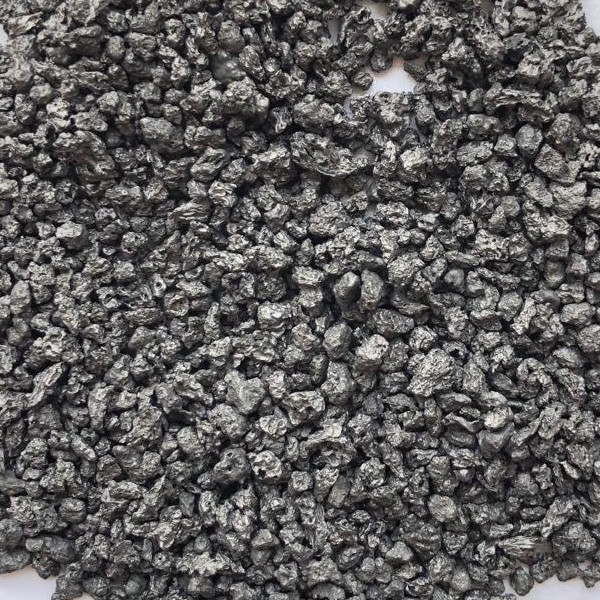Recarburizer production process and raw materials
A recarburizer is a carbonaceous substance. Carburizers are added during the smelting process to supplement the carbon content lost during steel smelting. We know that there are many types of recarburizers, such as petroleum coke recarburizers, artificial graphite recarburizers, etc., so the raw materials required for recarburizers are also different, so what are the raw materials of recarburizers? The process of recarburizers is What? Xiaobian will tell you about the raw materials and processes required for the recarburizer.
Raw materials required for recarburizers
There are many kinds of raw materials for recarburizers, including charcoal, coal-based carbon, coke, graphite, raw petroleum coke, etc., of which there are many small categories and various classifications.
At present, most of the recarburizers on the market, including graphite electrodes, graphitized petroleum coke, etc., use raw petroleum coke. Crude petroleum coke is obtained by coking of residual oil and petroleum pitch obtained by distillation of crude oil under atmospheric pressure or vacuum. Raw petroleum coke has a high impurity content and cannot be used directly as a recarburizer. It must be calcined or graphitized. High-quality recarburizers generally require graphitization. Under high temperature conditions, the arrangement of carbon atoms is in the microscopic shape of graphite, so it is called graphitization. Graphitization can reduce the content of impurities in the recarburizer, increase the carbon content of the recarburizer, and reduce the sulfur content. Recarburizers are used for casting, which can greatly increase the amount of scrap steel, reduce the amount of pig iron or save pig iron.
Carburizer Process
Due to the wide variety of raw materials for recarburizers, the processes are also different, but there are mainly the following three:
1. Calcination
Carbonaceous raw materials are calcined at a high temperature of 1200-1500 °C in the absence of air. Calcination causes a series of changes in the structure and physicochemical properties of various raw materials. It is the heat treatment process of recarburizer. Both anthracite and petroleum coke contain a certain amount of volatile matter and require calcination. However, when petroleum coke and pitch coke are mixed and used before calcination, they should be sent to the calciner for calcination together with petroleum coke.
2. Roasting
Roasting is a heat treatment process in which the pressed raw meal is heated at a certain heating rate in the protective medium in the heating furnace under the condition of isolating air.
The purpose of roasting is to eliminate volatiles. Generally, about 10 kinds of volatiles are discharged after roasting. Therefore, the roasting yield is generally 90; the binder is coked, and the product is roasted according to certain process conditions, so that the binder is coked, and a coke network is formed between the raw material particles, which firmly connects all raw materials with different particle sizes together. Make # # products have certain physical and chemical properties. Under the same conditions, the higher the coking rate, the better the quality; in the case of fixed geometry, the product will soften and the binder will migrate during the baking process. As the temperature increases, a coking network is formed, which hardens the product. Therefore, its shape does not change as the temperature increases.
3. Extrusion
The purpose of the extrusion process is to make the raw material pass through a mold of a certain shape under pressure, and become a billet with a certain shape and size after being compacted and plastically deformed. The extrusion molding process is mainly the plastic deformation process of the paste. The extrusion process takes place in a material chamber and a curved nozzle. The hot material in the chamber is pushed by the main plunger at the rear. Forced continuous removal of gas from the raw material, continuous compaction of the raw material, and simultaneous movement of the raw material forward. When the raw material moves in the cylindrical part of the material chamber, the raw material can be regarded as a stable flow, and each particle layer basically moves in parallel. When the raw material enters the extrusion nozzle and has arc-shaped deformation, the raw material close to the nozzle wall will experience greater frictional resistance as it advances, and the material layer begins to bend. The raw material has different advancing speeds, and the internal raw material advances. Therefore, the density of the product along the radial direction is not uniform, thereby generating internal stress caused by different flow rates of the inner and outer layers in the extruded block. After the paste enters the straight deformation part, it is extruded and formed.
The extrusion method needs to add too much binder for molding, and the carbon content generally does not meet the requirements of high-quality recarburizers. Compressed graphite powder, because it is a solid block, has no porous structure, so the absorption speed and absorption rate are not as good as calcined and calcined recarburizers.












